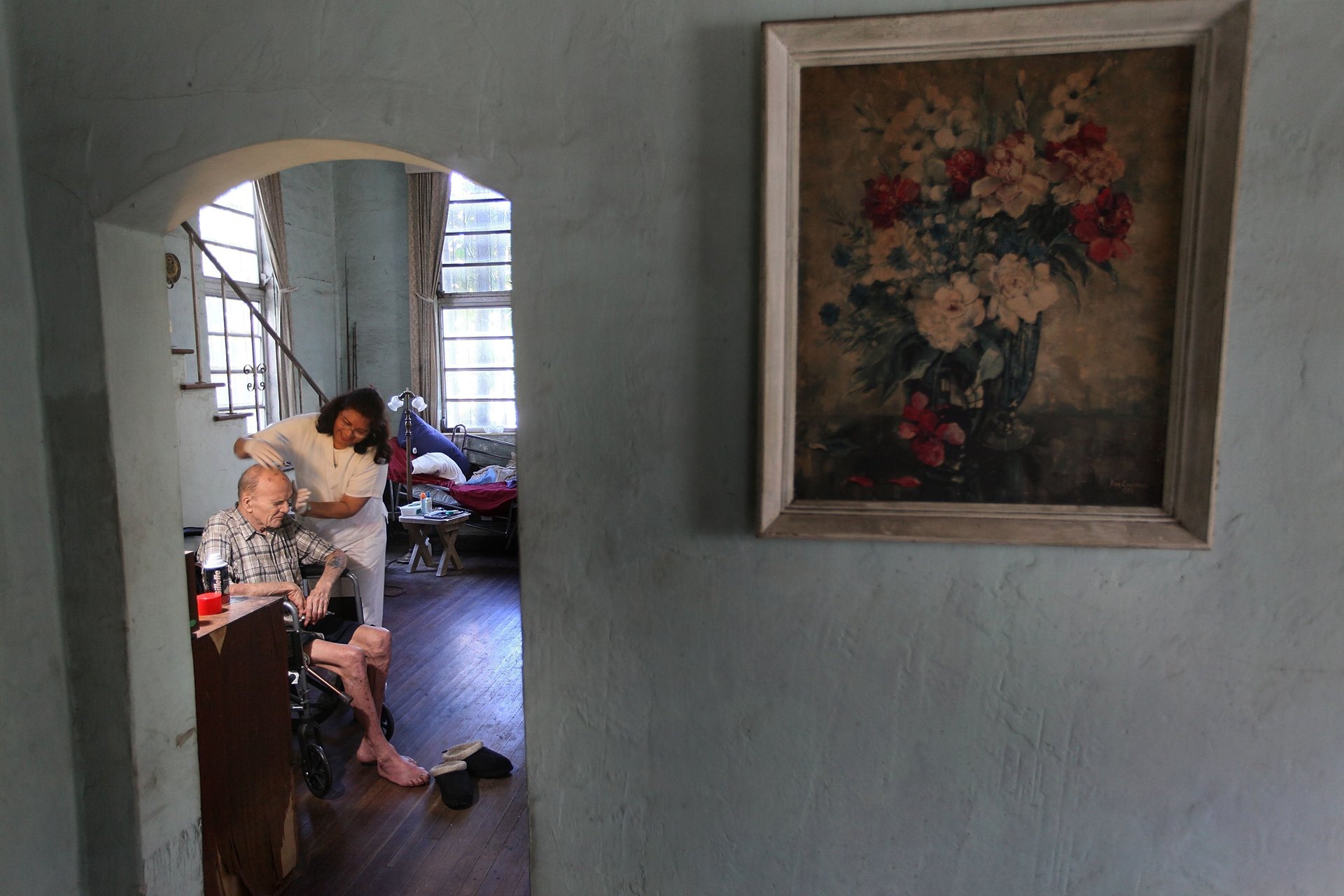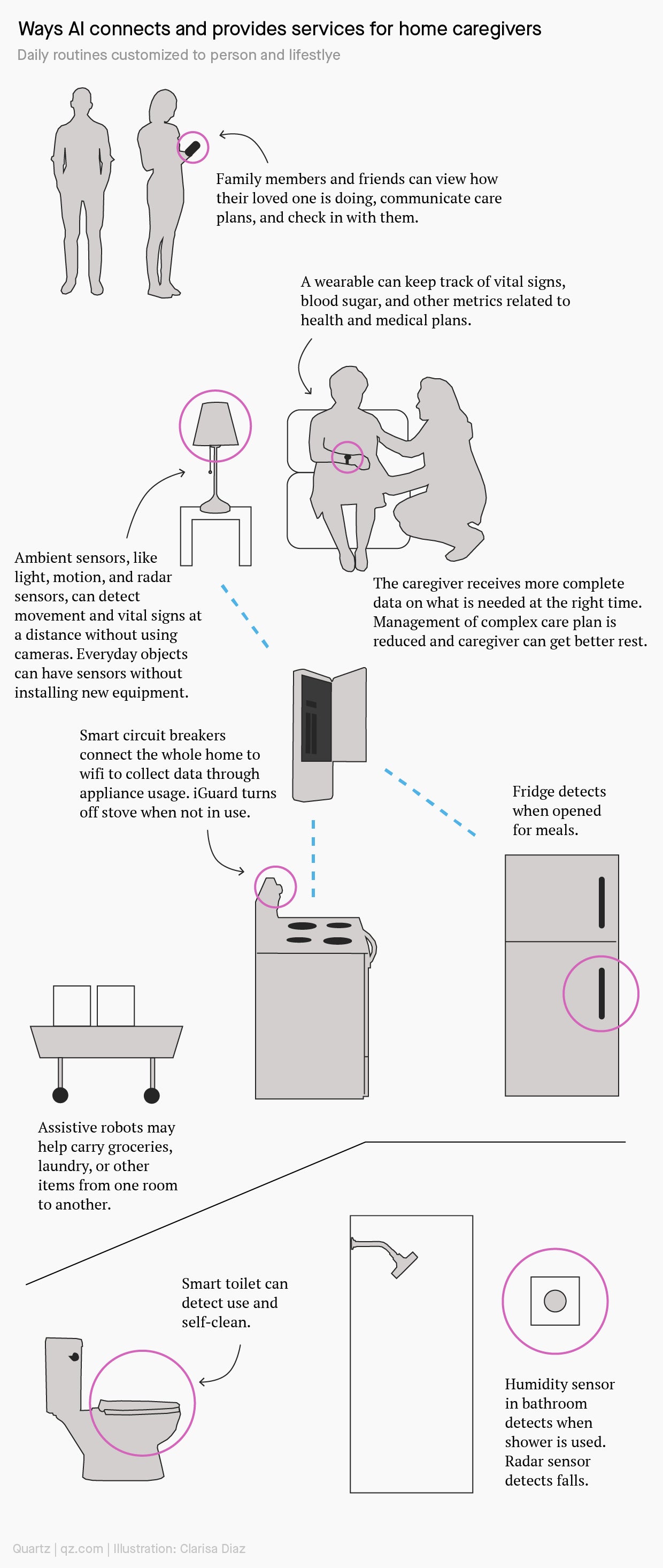How AI could help home caregivers
Smart homes and wearables provide data for independent living

A growing aging population is on the horizon, as countries around the world from Japan to the US will need to find ways to support more older people than ever before. Crowded nursing homes and staffing shortages leave much to be desired in terms of where and how to grow old. The future of home care and independent living may lie in an alternative: AI.
Suggested Reading
“The future of healthcare is in the home and is going to be very personal,” said David Moss, CEO and co-founder of Care Daily, a white-label B2B AI SaaS (software as a service) company powering large healthcare companies and service providers. Care Daily is the creator of AI Caregiver, software which can connect hundreds of devices and products, providing data on behavioral routines and biometrics to familial caregivers and professional healthcare providers.
Related Content
Beyond robots that stand in as nurses, Moss describes a more discreet way in which AI can maintain the dignity of a person depending on their level of care. Ambient sensors using radar, motion, light, and humidity sensors can be used instead of cameras to detect falls and behaviors in different rooms of the house. A wearable can be worn to keep track of vitals suited to medical needs. The combined data from the person and their behaviors can inform how a home functions, adapting temperatures on the thermostat, turning off the stove when not in use, and automatically alerting caregivers if an accident occurs, among other services.
Physical tracking along with language modeling technology are paired to assist with caregiving, to the degree a person is comfortable with. “We’re able to talk with people over SMS text messages, over phone calls through an app. And we can just ask them, ‘Hey, how’d you sleep last night?’ And to the degree they can respond, we end up with a data point and start tracking a trend.”
One of the biggest obstacles to bringing AI technology into the home is the installation of new equipment, according to Moss. But as more security and appliance companies get on board with the possibility to expand their market into wellness or caregiving capabilities, the technology could be embedded into products already in the home. Home security systems and smart appliances are already in homes, making the use of them for caregiving not too far-fetched.

While AI can assist with caregiving, it is not meant to be a replacement for a human. “AI Caregivers are not robots. It’s all software and not meant to replace human caregivers,” said Moss.
Researchers at UC Berkeley determined that if a caregiver’s mental and physical health can be maintained, the person they’re caring for will live on average 14 months longer. Caregivers can undergo unhealthy levels of stress by trying to remember complex care plans, engaging in physical labor, and losing sleep.
“There’s not much we can do right now for someone with dementia,” explained Moss. “And as they inevitably decline, there’s this collateral damage that occurs. You’ll see the health of their primary family caregiver start to decline along with them. Years are knocked off their lives. Sleep is one of the most important things you can get every day, especially if you’re a caregiver.”
The AI caregiver makes caregiving more efficient by providing more complete information and notifying the caregiver at the time when they are needed. “You don’t need to be on edge all night listening for creaks and cracks of the house. You’re able to sleep, and that has a huge impact on people’s health.”